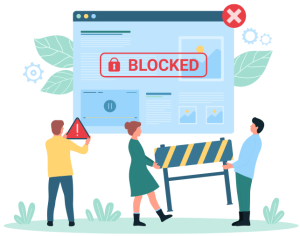Before you buy your child's first phone, read this first.
Every year at about this time, I dust off this article, update it, and hope parents will read and share it with their friends. There will be ...
You're almost there...
Register or Login to your account to view requested content.

Joining the Cyber Safety Plus Membership has many benefits including:
- Exclusive Articles and Practical Advice
- Extensive Online Training Library
- Monthly Live Zoom Meetings
- Supportive Parent Community
- And More!


